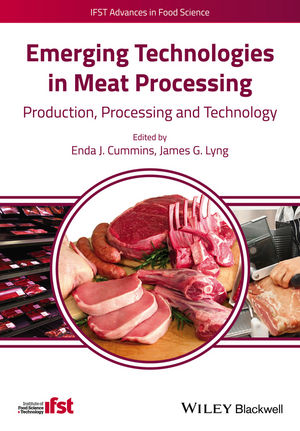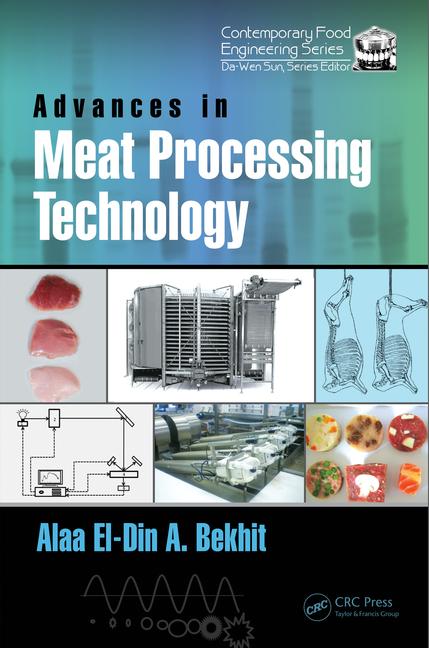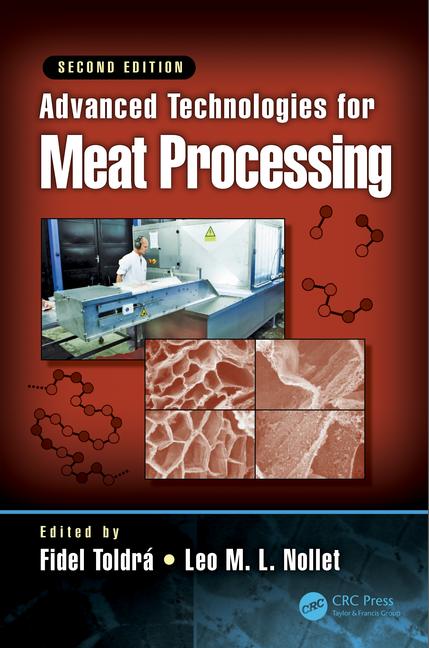Advancements in metal fabrication for meat processing equipment
Advancements improve equipment durability, efficiency and hygiene.

Photo credit: Hanna/Pixabay
The meat processing industry relies heavily on durable, high-performance equipment to maintain efficiency, hygiene and safety standards. As demand for precision and productivity grows, advancements in metal fabrication are playing a crucial role in enhancing the quality of meat processing machinery. From innovative metal forming techniques to advanced stamping processes, these developments contribute to the longevity and efficiency of the equipment used in meat and poultry processing.
Precision metal forming
One of the most significant advancements in metal fabrication for meat processing equipment is the use of precision metal forming. Traditional fabrication methods often involve multiple steps, increasing the risk of structural weaknesses. However, modern forming techniques, such as hydroforming and deep-draw stamping, allow for the creation of seamless, high-strength components. These processes reduce material stress and enhance the durability of equipment, leading to fewer breakdowns and lower maintenance costs.
Additionally, advancements in computer numerical control machining ensure that each metal component is produced with extreme precision. This level of accuracy results in improved alignment of machine parts, reducing friction and wear over time. By adopting these advanced metal forming techniques, manufacturers can enhance the structural integrity of meat processing machinery, ultimately leading to longer equipment lifespans and reduced downtime.
Advanced stamping
Metal stamping is another area experiencing significant innovation. Traditionally used to create uniform parts at high volumes, stamping has evolved to include progressive die stamping and servo-driven presses. These technologies allow for greater customization, increased speed and improved consistency in component production.
Progressive die stamping, for example, enables multiple fabrication processes — such as cutting, bending and shaping — to occur in a single operation. This reduces production time and minimizes material waste, making it a cost-effective solution for fabricating complex parts used in meat processing equipment.
Meanwhile, servo-driven stamping presses offer enhanced control over speed and force, allowing manufacturers to create precise components without excessive strain on the material. This results in parts with smoother edges and higher structural integrity, reducing the likelihood of contamination or mechanical failures in meat processing facilities.
Corrosion-resistant materials for food safety
Metal fabrication advancements are not only improving the strength and efficiency of meat processing equipment but also enhancing food safety. The use of corrosion-resistant materials, such as stainless steel alloys and coated metals, helps prevent contamination in processing environments.
Stainless steel, particularly grades such as 304 and 316, is widely used in meat processing due to its resistance to rust, pitting and chemical exposure. Recent innovations in surface treatments, such as electropolishing and passivation, further improve the material’s resistance to bacterial growth by creating a smoother, nonporous surface. This ensures that meat processing equipment remains sanitary and easy to clean, reducing the risk of foodborne illnesses.
Integration of automation in fabrication, contract manufacturing
Automation is revolutionizing fabrication and contract manufacturing in the meat processing sector. Robotic welding and laser cutting technologies are now widely adopted to improve production speed and precision. These automated systems reduce human error, ensure consistent quality, and enhance safety in manufacturing facilities.
For instance, robotic welding creates stronger, more precise welds compared to manual methods, reducing the risk of weak points in machinery. Laser cutting, on the other hand, allows for intricate designs with minimal material waste, enabling manufacturers to produce highly specialized components tailored to specific processing needs.
The next generation of processing equipment
The latest advancements in metal fabrication are transforming the meat processing industry by improving equipment durability, efficiency and hygiene. Precision metal forming, advanced stamping techniques, corrosion-resistant materials and automation are all contributing to more reliable and cost-effective machinery. By embracing these innovations, meat processing professionals can optimize their equipment for better performance, reduced maintenance and enhanced food safety.
Looking for a reprint of this article?
From high-res PDFs to custom plaques, order your copy today!









